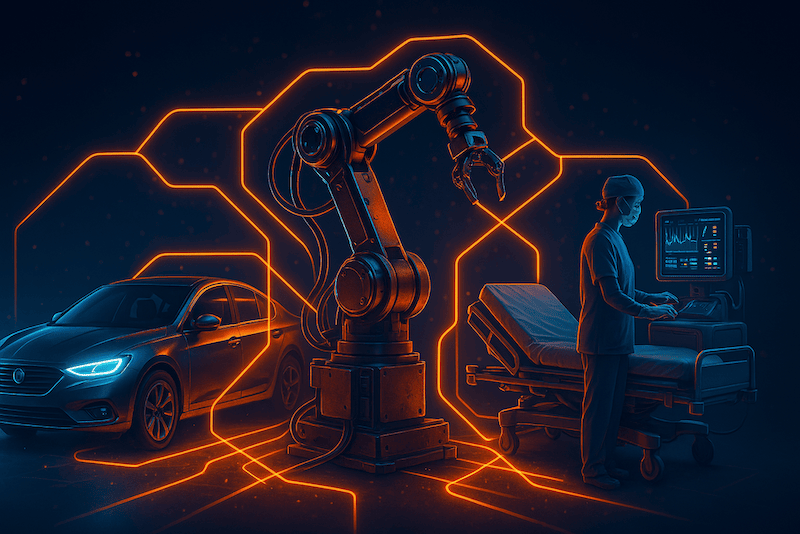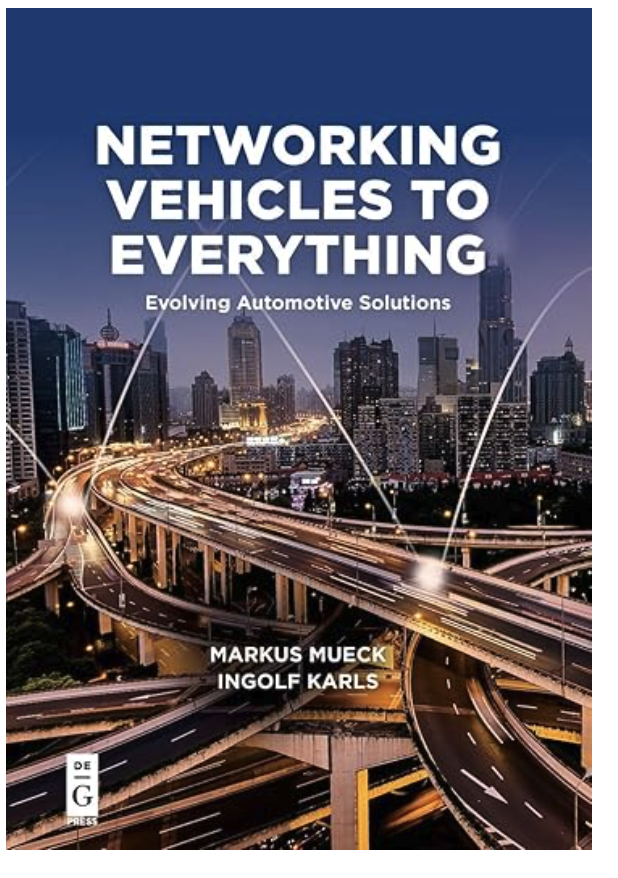Blog
Recent Posts
CAN Bus Unplugged: A Deep Dive into Its Origins, Growth, and Future
Posted by on
 The following is an excerpt from https://jcom1939.com/history-and-development-of-the-controller-area-network-can-bus/
The following is an excerpt from https://jcom1939.com/history-and-development-of-the-controller-area-network-can-bus/
Introduction
The Controller Area Network (CAN) bus is a robust serial communication protocol developed to facilitate real-time data exchange between electronic control units (ECUs) in various applications, notably in the automotive industry. Originating in the 1980s, CAN bus has become integral to numerous systems requiring reliable and efficient communication among multiple microcontrollers.
Origins and Early Development (1980s)
In the early 1980s, engineers at Robert Bosch GmbH identified the need for a reliable in-vehicle communication system to manage the increasing complexity of automotive electronics. Existing serial buses were inadequate for real-time control and reliability requirements. By 1983, Bosch commenced the development of the CAN protocol, aiming to enable seamless communication between ECUs without a central host computer. The protocol was officially introduced in 1986 at the Society of Automotive Engineers (SAE) congress in Detroit. A significant milestone was achieved in 1987 when Intel and Philips released the first CAN controller chips, the 82526 and 82C200, respectively, facilitating the integration of CAN into automotive systems.
Standardization and Automotive Adoption (1990s)
The 1990s marked the standardization and widespread adoption of CAN bus in the automotive sector. Bosch released the CAN 2.0 specification in 1991, delineating standard (11-bit identifier) and extended (29-bit identifier) frame formats. In 1993, the International Organization for Standardization (ISO) published the CAN standard as ISO 11898, covering the data link layer and high-speed physical layer specifications. Automobile manufacturers rapidly embraced CAN bus for its efficiency in reducing wiring complexity and enhancing vehicle functionality. A notable implementation was in the 1991 Mercedes-Benz W140, the first production vehicle to feature a CAN-based multiplex wiring system.
Expansion into Diverse Industries (2000s)
Beyond automotive applications, the 2000s witnessed CAN bus's expansion into various industries. Its reliability and real-time communication capabilities made it suitable for industrial automation, medical equipment, maritime, and aerospace applications. Standardized higher-layer protocols such as CANopen and DeviceNet facilitated this diversification by providing frameworks tailored to specific industry requirements.
Technological Advancements: CAN FD and CAN XL (2010s–2020s)
To meet the growing demands for higher data rates and payload capacities, Bosch introduced CAN with Flexible Data-Rate (CAN FD) in 2012. CAN FD allows for data rates exceeding 1 Mbit/s and increases the maximum data payload from 8 to 64 bytes, enhancing bandwidth and efficiency. Further advancements led to the development of CAN XL, supporting payloads up to 2,048 bytes and data rates up to 20 Mbit/s, bridging the gap between traditional CAN systems and Ethernet-based networks.
Current Applications and Future Outlook
Today, CAN bus remains a cornerstone in automotive electronics, underpinning systems such as engine management, transmission control, and advanced driver-assistance systems (ADAS). Its application extends to industrial automation, medical devices, and other sectors requiring dependable communication networks. The ongoing evolution of CAN technologies, including CAN FD and CAN XL, ensures its relevance in addressing contemporary communication challenges, solidifying its position as a versatile and enduring protocol in the realm of serial communication.
Communication between vehicles and infrastructure is poised to revolutionize how we manage traffic, accommodate pedestrians, and interact with the environment—reshaping the future of transportation. Networking Vehicles to Everything serves as a cutting-edge resource for professionals and researchers deeply invested in vehicular automation. It offers a comprehensive exploration of the diverse, and often competing, technologies that will ultimately converge to make this vision a reality.
This detailed volume addresses the key challenges, practical case studies, current standardization efforts, and product implementation strategies. It also looks ahead to emerging trends such as software-defined networking, millimeter wave (mmWave) communication, and advanced control theory.
Readers will gain a thorough understanding of the major institutions and regulatory bodies driving the evolution of this field. The book also explores the ongoing technological rivalry between IEEE 802.11p and 3GPP LTE-V2X—two frontrunners vying for dominance in a multi-billion-dollar market. In addition, it highlights unresolved technical questions, evolving market opportunities, and the vast potential that connected vehicle technologies hold for all forms of transportation. More information...
 Loading... Please wait...
Loading... Please wait...

